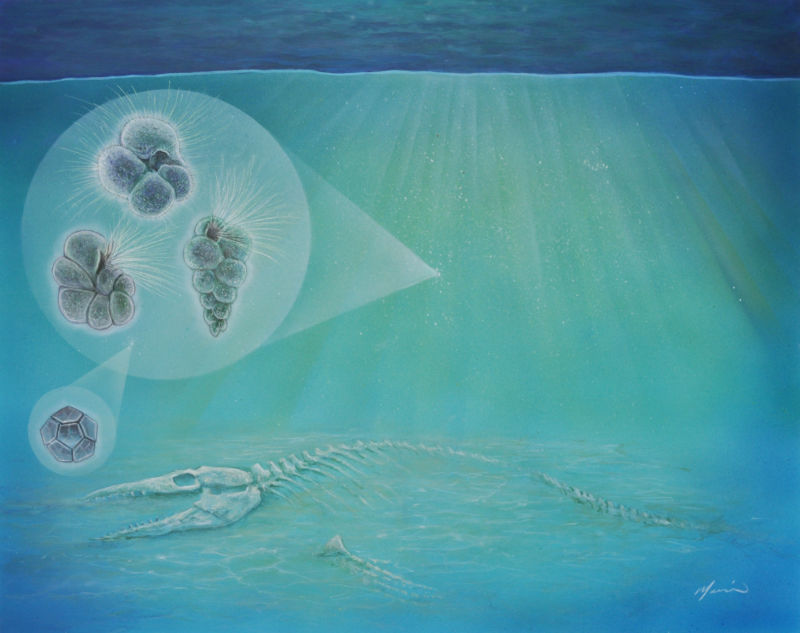Life returned to crater of Cretaceous asteroid in the blink of an eye

Enlarge / These plankton apparently didn't mind living in a still-warm seafloor crater. (credit: John Maisano/University of Texas )
Usually, new studies of the dino-killing mass extinction at the end of the Cretaceous provide another view into just how bloody awful it was. But if you're a glass-half-full kind of person, it's interesting to think about how quickly life recovered-not on timescales relevant to an individual organism, necessarily, but in terms of species and ecosystems.
A research cruise recently drilled a rock core into the Chicxulub Crater where an asteroid fell 66 million years ago. Coring the deeper rock helped show test models of the impossibly jello-like behavior of the bedrock during the impact, but there are also sedimentary rocks on top that were formed some time after the collision.
Researchers who have looked elsewhere have noticed that life recovered more slowly in the Gulf of Mexico and North Atlantic than in other ocean basins, taking about 300,000 years. One hypothesis to explain this is that concentrations of toxic metals were high near the impact crater. If that's true, recovery should be slowest at ground zero. But that's not what a huge team led by the University of Texas at Austin's Christopher Lowery found when they examined rocks that might record the first few years after the asteroid hit.
Read 8 remaining paragraphs | Comments